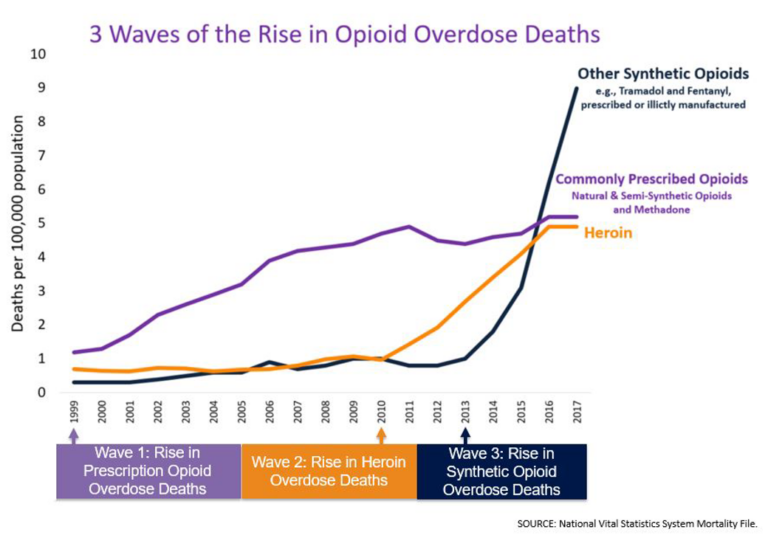Luxor Scientific leadership on Xylazine
As fentanyl use and abuse in the US continues to rise, a new emerging threat is plaguing the nation, Xylazine. Luxor Scientific’s experts, Dr. Marion Snyder, PhD and Lindsey Contella, MS, provided a training session on the recent emergence of Xylazine as a cutting agent, its impact on addiction treatment, and the value of xylazine testing to the members of the Addiction Professionals of North Carolina.
Xylazine was synthesized in 1962 and used as a sedative/tranquilizer for animals. It is not FDA-approved for use in humans, and its chemical properties are similar to those of other drugs like clonidine, tizanidine, and lofexidine. The effects on the CNS include profound sedation, as well as analgesia and euphoria. Xylazine has a rapid onset of action and can last 4-8 hours or more depending on the dose.
Drug overdose deaths in the U.S. increased dramatically over the last year, surpassing 100,000 for the first time — a tragedy driven largely by the rise in fentanyl.

As overdose deaths rose by nearly 29 percent to 100,306 in a 12-month time frame ending in April, synthetic opioids, including fentanyl, accounted for around 75 percent of the deaths.
“This crisis is driven by fentanyl and methamphetamine,” Drug Enforcement Agency Administrator Anne Milgram said last week. “Today, drug cartels in Mexico are mass producing fentanyl and methamphetamine largely sourced from chemicals in China. And they’re distributing these substances throughout the United States.”
Nora Volkow, director of the National Institute on Drug Abuse, told The Guardian the emergency is an “epidemic within a pandemic,” noting how the rise exceeded expert expectations, which usually predict a rise in drug use in times of turmoil.
“But what we didn’t expect was that during that period, there will be a massive increase in the entry of these illicit substances into the country,” Volkow said.
Xylazine is making the deadliest threat our country has ever faced, fentanyl, even deadlier.
- Veterinary tranquilizer aka “Tranq”.
- Added as an adulterant to cocaine, heroin, esp. illicit fentanyl to alter/increase effects.
- It is found more prevalent in powder forms of fentanyl 23%, compared to 7% of seized fentanyl pills.
- Extends the high, and fuels deeper addiction than fentanyl alone.
- “Flesh eating” with ulcers and lesions around injection sites.

What are the symptoms and health risks of xylazine?
- Sedation
- Difficulty breathing
- Low blood pressure
- Slowed heart rate
- Wounds that can become infected
- Severe withdrawal symptoms
- Death
As cases of Fentanyl laced with Xylazine continue to rise, more and more providers are being challenged with how to diagnose and care for their patients.
As Xylazine is being pushed to become a scheduled substance, other adulterants are being seen in the market. It is imperative for Addiction Professionals to monitor and be aware of these new novel drugs. Luxor Scientific has developed a comprehensive test to identify if xylazine and other emerging “Tranq” drugs are present in both urine and oral fluid samples. Luxor Scientific is one of the only labs in the US to offer this specialized testing.
For more information on Emerging Tranq drugs, please contact us.

